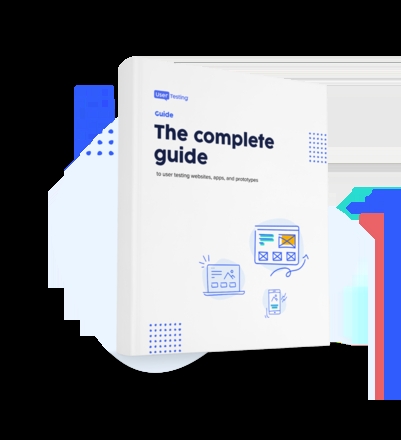
Great UX leaders know their own UX data using scorecards

Over the years, I’ve worked in a lot of UX research settings, observing a lot of leadership styles. My conclusion: Many UX research leaders are OK. A few are great. What’s the difference? Broadly speaking, just-OK leaders are reactive. They respond to research requests and don’t go much further.
Great UX research leaders take the initiative to deepen their understanding of users and data, while promoting the value of user research throughout their organizations.
However, believe it or not, many companies don’t even have a UX research leader.
When UserZoom polled companies for our 2018 enterprise UX survey, we found that only 65% had a person with the title ‘UX Research Leader’. Be grateful that your organization is among that group. Now it’s time to step up and be the great leader that will justify the investment your organization has made in user research.
How to get there? Based on my experienced, great UX research leaders distinguish themselves in four ways:
- They know their own data.
- They measure experiences consistently and quantitatively.
- They know all their audiences.
- They influence and create drastic movement in their organization.
In this four part series, we’ll be taking a look at each of these points in detail. This week, let’s look at the value of UX research leaders knowing their own data.
Monitor and track data with a UX scorecard
UX research leaders need to be data-driven, but they often don’t have a handle on that data. How many studies has your team done? How has that number changed over time? Has your budget gone up or down? How many insights have been implemented?
If you don’t know, find out. Great UX research leaders keep track of, and can quickly recap, what their team has been doing.
A useful tool for collecting and tracking team data is a UX scorecard. This is a simple table where you track your chosen metrics year after year.
Once you set up a scorecard, you’ll get into the habit of entering data, so you always know how your team is performing. This will help you scale the UX research practice and take it to a higher level, year after year.
Here are a few examples of scorecards. This one was used by a research leader in the financial industry. It shows how UX research practice has become embedded in the development lifecycle by tracking the number of studies, insights, sites and researchers, as well as budget increases.

Here’s another format that takes a different approach by telling the story of the team’s growth:

And here’s one more from a UX research leader in a global financial institution:

Scorecards let you showcase the team’s efforts in one slide, which can be easily inserted in any quarterly/annual reports presented to C-suite executive leaders.
The scorecard also demonstrates the UX maturity of the organization and the investment the company is making to truly be customer-centric.
Additionally, the scorecard quickly points out any research gaps and significant year-over-year increases of the number of methodologies used, the number of sites and channels that benefit from UX research, and other metrics.
What to expect after using scorecards
Executives care about numbers. Once they see them, they want to dive in and learn more. What a great opportunity to be the one engaging with them.
Next steps
Set up your scorecard now, and monitor the executive reactions. Enjoy the journey as you scale the UX research practice in your organization and take it to a higher level year after year.

Get started with experience research
Everything you need to know to effectively plan, conduct, and analyze remote experience research.





